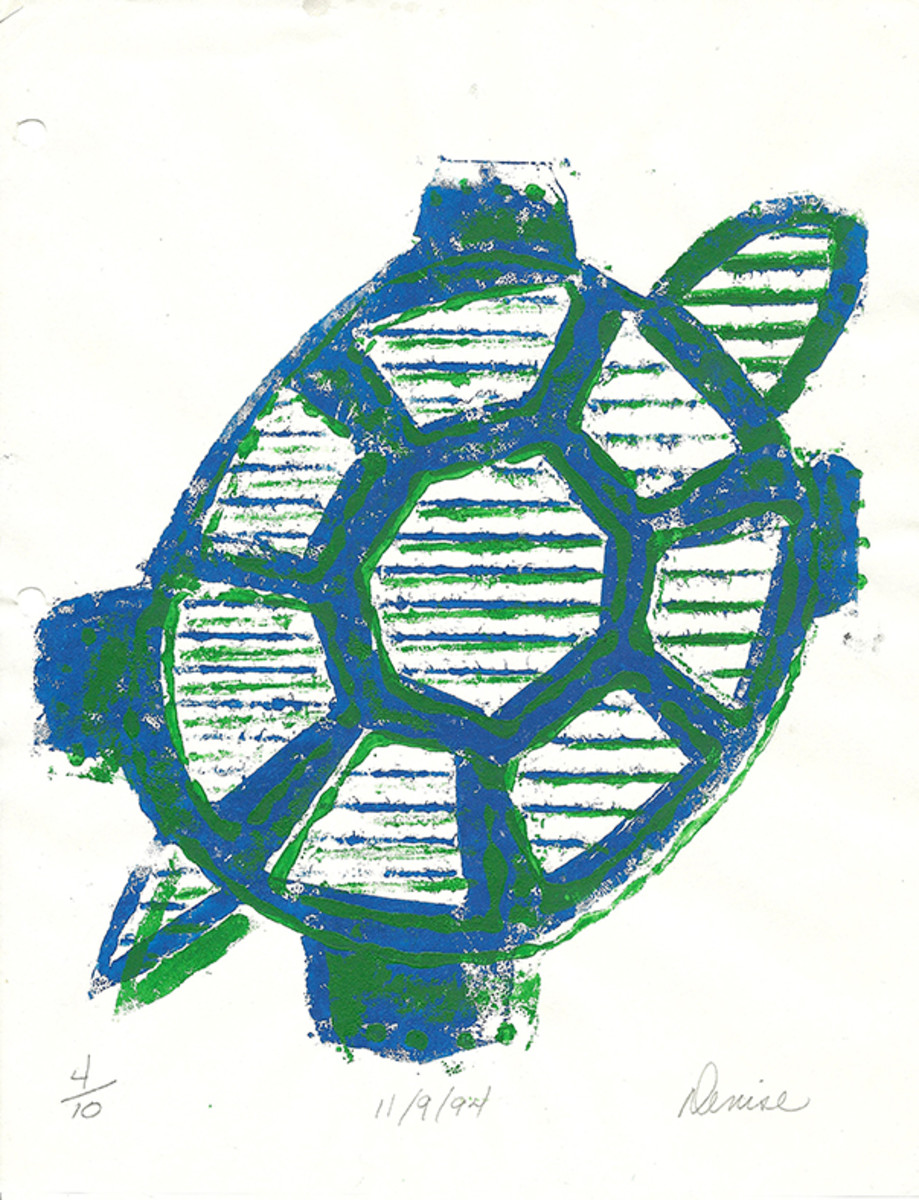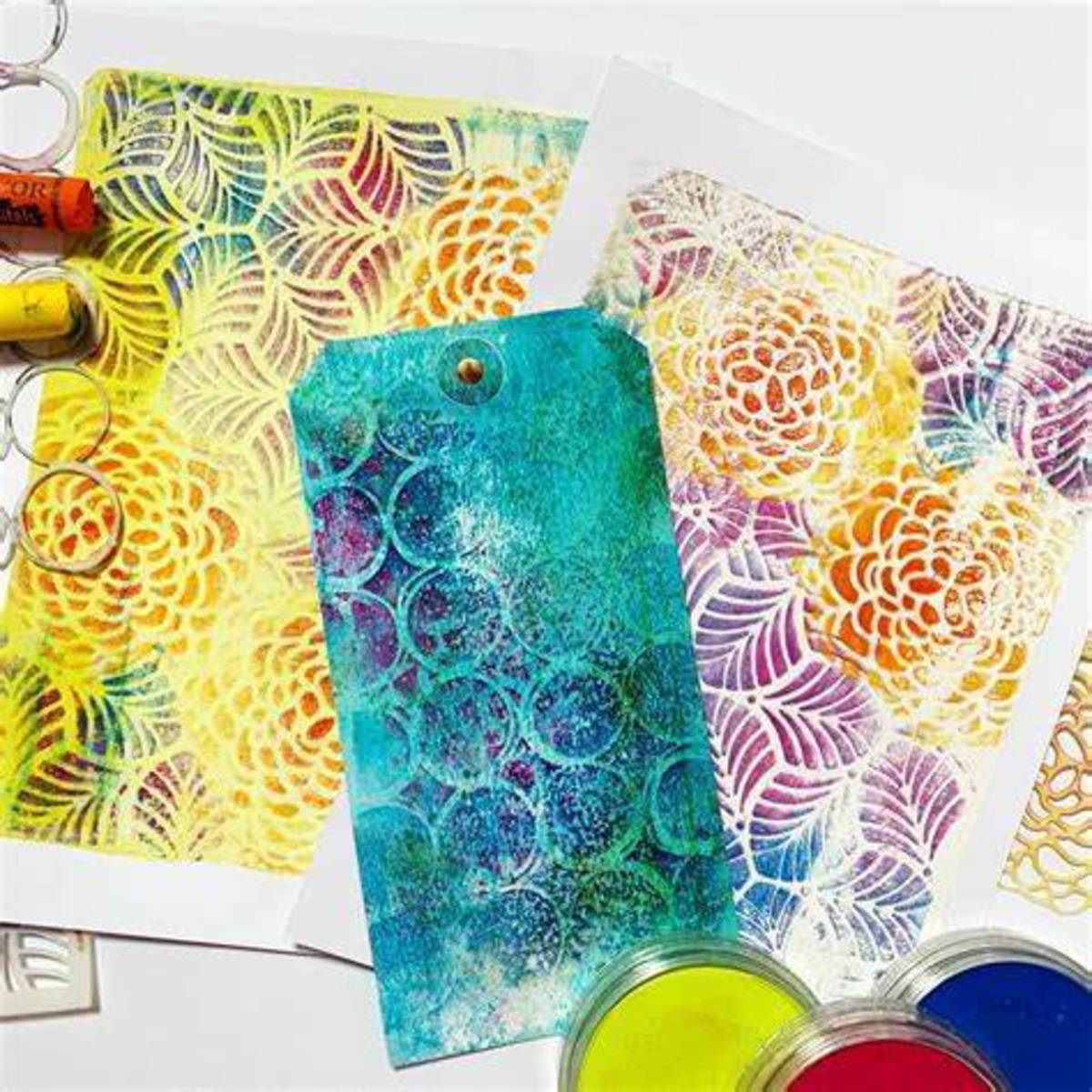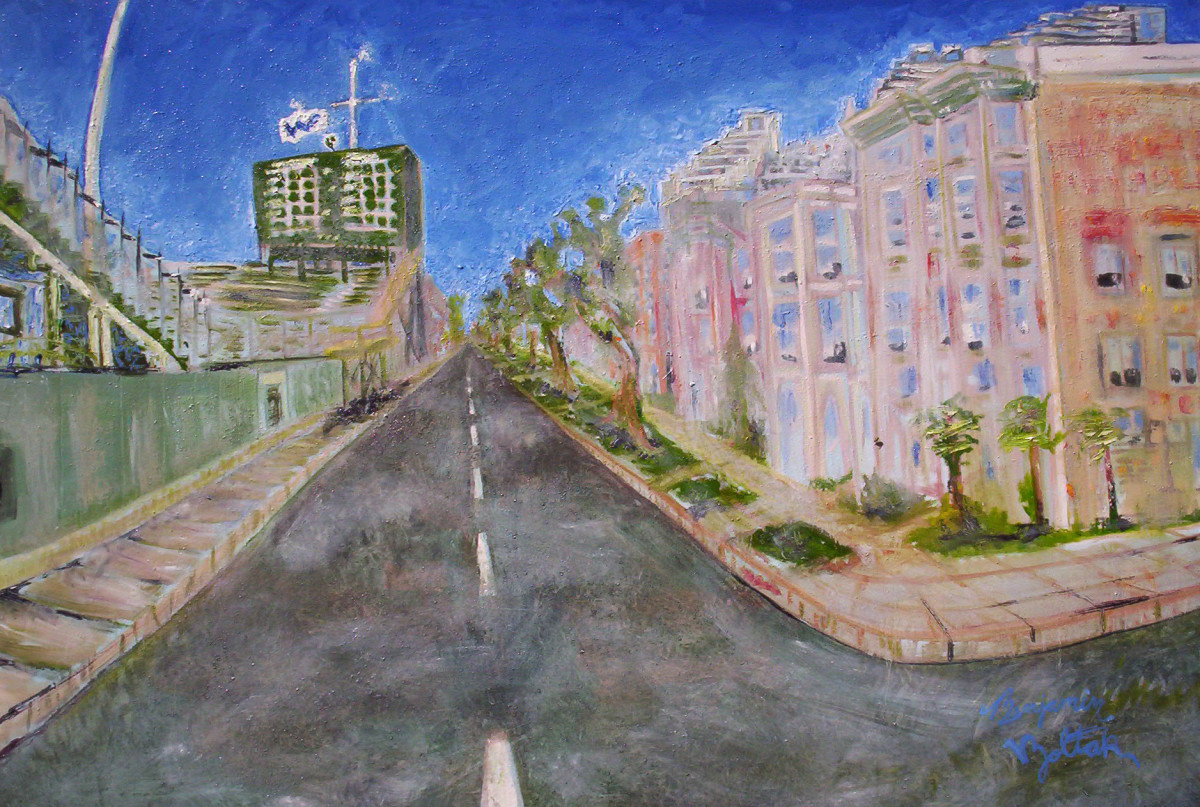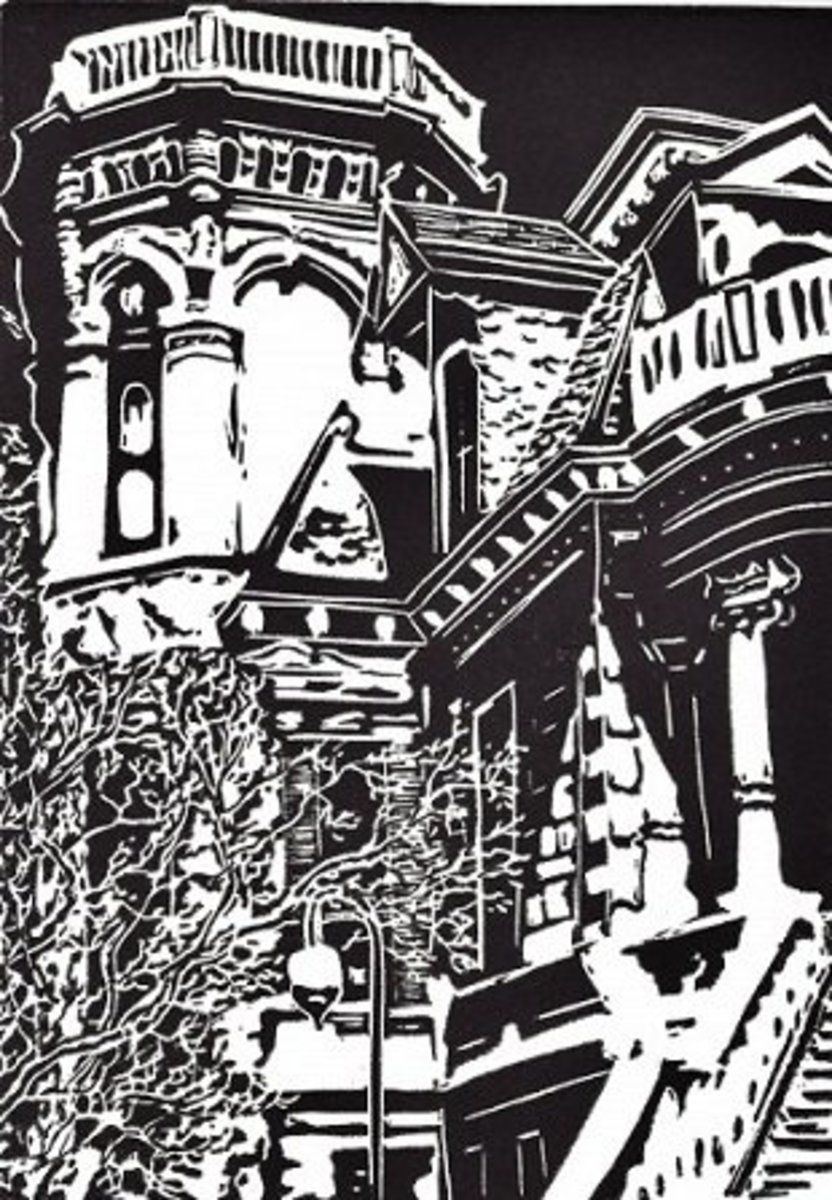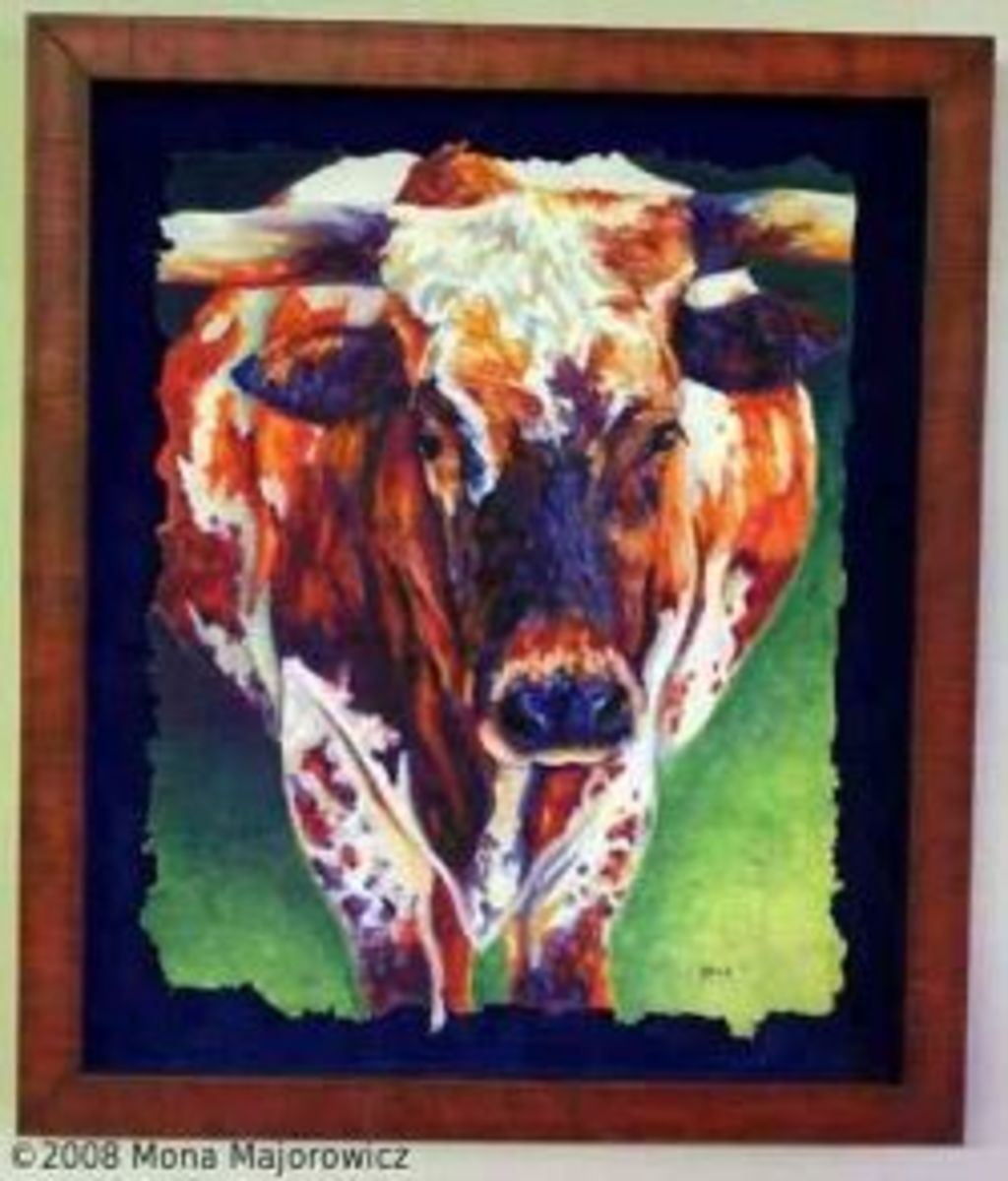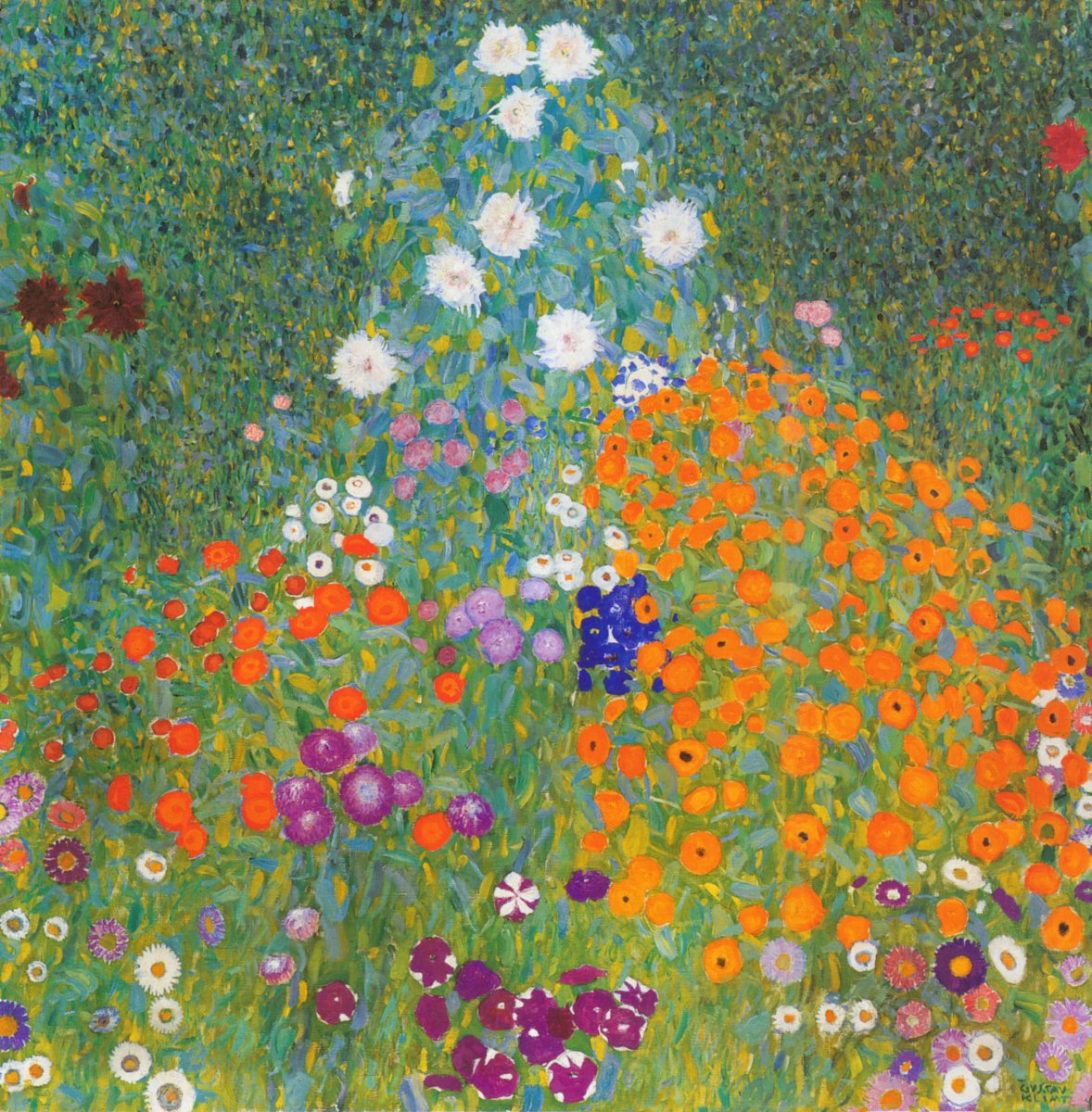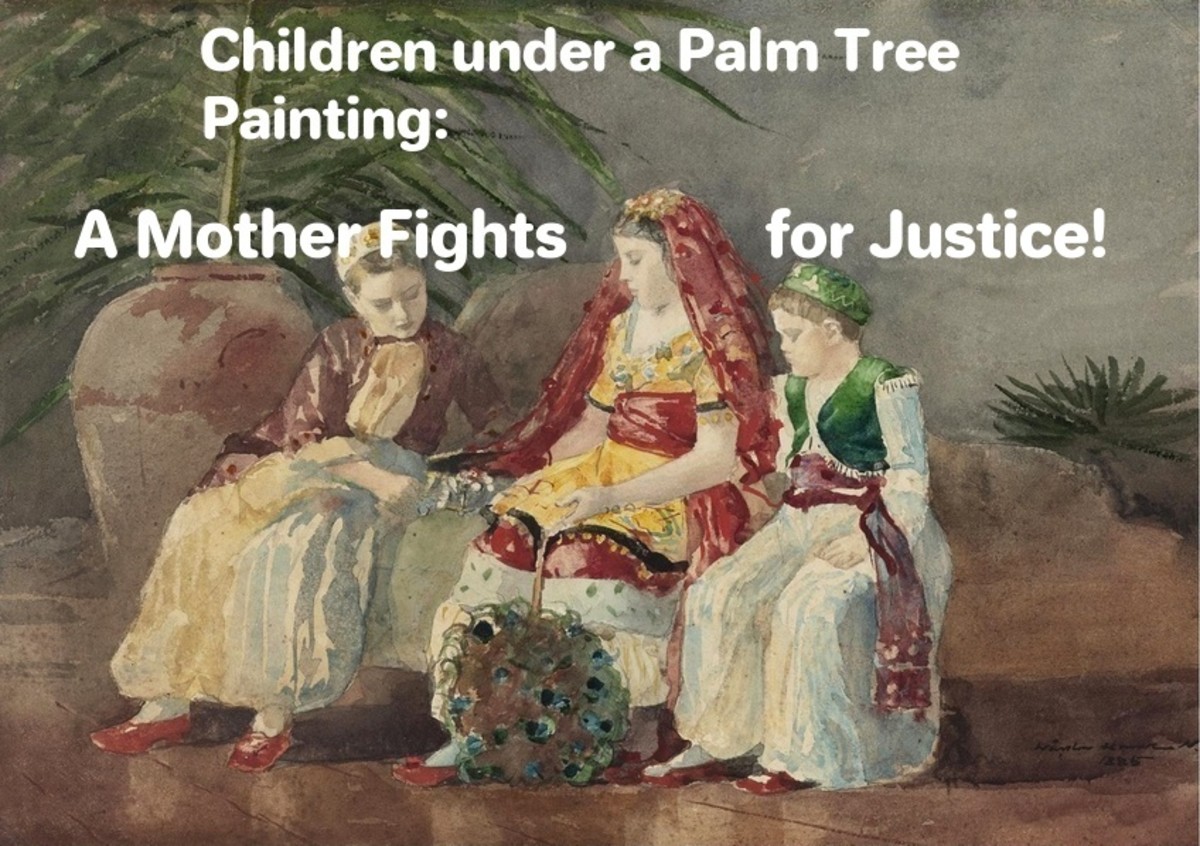Before You Frame That Picture
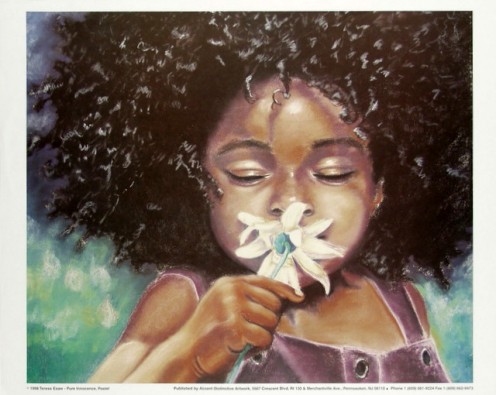
What's The Value of the Picture?
My husband and I started collecting art about twenty years ago. While collecting, we , learned a lot along the way. We quickly learned that those we thought we could count on for clear and cost-effective decisions we not always the one to trust. Remember, framing pictures is a business.
However, we quickly learned that some mistakes can cost you hundreds of dollars if you are not aware of what is involved in framing your art purchase.
Some things you should consider:
You must first decide what is the value of the picture that you are about to frame My husband and I was once standing in our favorite art gallery where we personally knew the owner. A woman came in and purchased a print and then wanted it framed. The print was worth $50.00 and she spent over $300.00 to frame it!
What You Should Know About Your Art
You will need to know whether or not your art purchase is an original, unlimited print, limited edition print, artist proof, canvass, hand-embellished, or giclee. These categories will be very important when deciding how much you should be willing to spend to frame it. For others, the artist in question may be a reason for going overboard in framing costs.
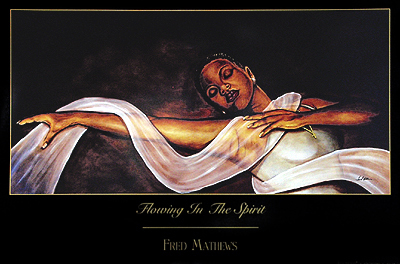
Urban Flower by Teress Esaw

What to Consider When Framing
Open Edition
This is a series of prints or objects in an art edition that has an unlimited number of copies.
They are widely seen in the homes of people to cover empty, bland walls. They are printed copies of an original. You can usually find these on sites like Posters.com and cost anywhere from $10.00 to $50.00. These prints usually do not increase in any substanstial value over time.
I've seen people spend hundreds of dollars framing a print. When framing this level of a print choose a nice frame but not expensive one. Otherwise, your frame will actually be worth more than the picture.
Persons will also choose a print if that really like the picture but are not willing to invest in a more costly medium of that original. In this case, the more expensive framing will give the illusion that the buyer bought a more expensive version of the print.
The definition below will describe the basic procedure for the reproduction of the printing of art. Use it in conjunction of the explanation of the medium of your art.
An image created from a master wood block, stone, plate, or screen, usually on paper. Prints are referred to as multiples, because as a rule many identical or similar impressions are made from the same printing surface, the number of impressions being called an edition. When an edition is limited to a specified number of prints, it is a limited edition. A print is considered an original work of art and today is customarily signed and numbered by the artist.
Original Print
One-of-a-kind print in which the artist personally conceived the image, created the master plates and executed the entire printing process.
Depending on the medium (not canvass), framing for this level of art can start at $250 and to the higher end of $400.
The following production of printing of a art piece is a Remarque. Once my husband understood the significance of a Remarque, he refuses to purchase a piece if it is a piece that is available with a remarque. This is another level where you will find your "very serious" buyers. Remarques are available in pencil and/or color. The color remarques are more expensive and, therefore, your piece more valuable than a lithograph that is sign/numbered.
Man in Meditation
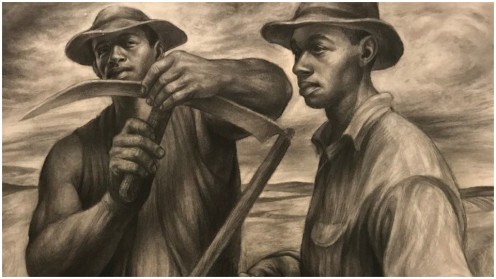
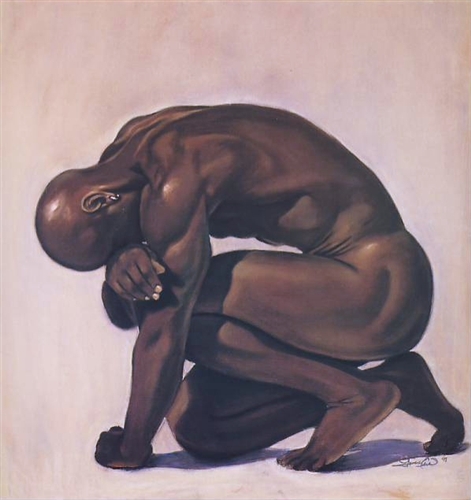
Canvas Transfer
This is an art reproduction on canvas which is created by a process such as serigraphy, photomechanical or giclée printing. Some processes can even recreate the texture, brush strokes and aged appearance of the original work.
For those of you who like the actual look of a "painted" piece of art, this is a nice but more expensive choice. It mimics having a copy of the "original" painting done by the artist.
Since the medium for a canvas painting is usually acrylic (paint), your will need to "breathe." They are not usually framed under glass.
For this piece I choose for the frame: Dark Walnut Frame, which was $249, I choose a gold matting and a Dark Spruce inner lining. The cost of the canvass piece is $150 with a remarque for a total cost of $399. The size of the piece is 14" x 34"
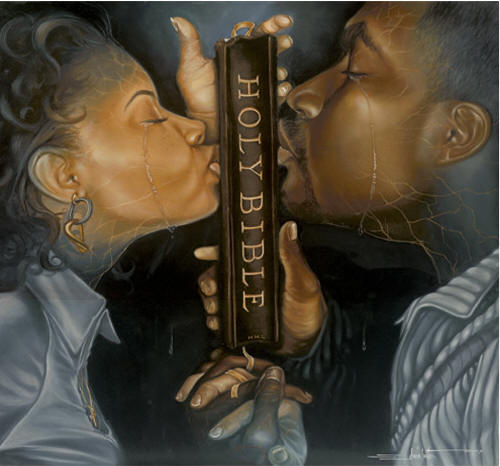
Intimacy
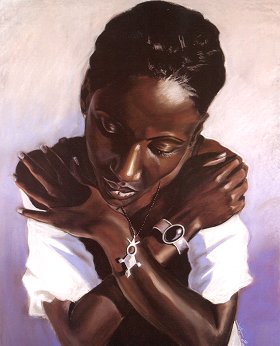
Most "serious" buyers will start at this level. You will spend anywhere from $50.00 to hundreds of dollars acquiring your find. If you have purchased for investment reasons, you should think about spending from $250 to $300.
Lithography
This is a printing technique using a planographic process in which prints are pulled on a special press from a flat stone or metal surface that has been chemically sensitized so that ink sticks only to the design areas and is repelled by the non-image areas. Lithography was invented in 1798 in Germany by Alois Senefelder.
The above pictured item is named Restored by Edwin Lester, Size: 24 x 24 inches. It is a Limited Edition Lithograph with an Edition Size of 938 and this print will be available on September 11, 2009.
Lady Locks by Charles Bibb
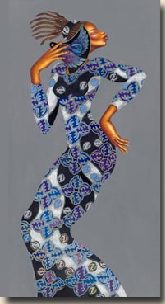
Lady Locks Lithograph (Signed & Number)
My husband and I purchased this lithograph with a colored remarque and it's sign and number by the artist Charles Bibbs in collaboration with Larry Poncho Brown. Measures: Size: 20.5x 39
When we purchased this item, it was already framed and matted. It has a very low number out of the series (under 20/150). Soon after we purchased the print it sold out on the primary market and can now only be purchased through a gallery that didn't sell theirs or on the secondary market.
The lithograph hit the market in the late 90s around $250, we purchased late last year for $825 framed, the picture was running $450 with remarque and now hovers between $850 to $1400 unframed.
Limited Edition and Signed and Number Lithos
A limited number of identical prints numbered in succession and signed and supervised by the artist. Any additional prints have been destroyed.
This piece will have the number of your particular print/and the total amount that was printed. For example: 25/1200 with signature of the artist.
In this type of a purchase, you always want the lowest possible number of the series that you can get. The low number tells you how close to the reproduction of the original that it is. Therefore, it will have more characteristics of the original than the last copy. For this level of print you should consider spending $250 to $375.
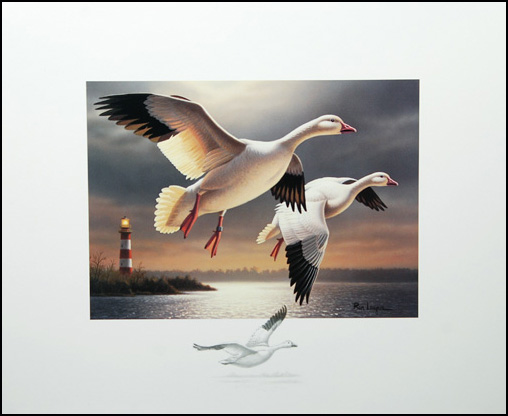
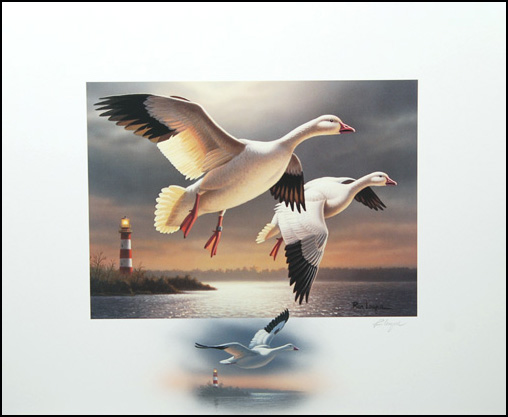
Remarque
Is an Additional enhancements by the artist on some or all of the final prints within an edition.
These range will be a printing of an original painting on various degrees of paper weights. Spending anywhere from $300 to $450 will be your range.
Print Proof Types
Following, you will find additional special prints for the more serious and investment level art collector. In framing these items, you would consider spending anywhere from $250 to double the price of the print.
Proofs are prints authorized by the artist in addition to the limited signed and numbered edition. The total size of an art edition consists of the signed and numbered prints plus all outstanding proofs. If a set of proofs consists of more than one print, numbers are inscribed to indicate the number of the prints within the total number of the particular type of proof, (e.g., AP 5/20 means the fifth print in a set of twenty identical prints authorized as artist proofs). Proofs are generally signed by the artist as validation of the prints.
Artist's Proof (AP) - Print intended for the artist's personal use. It is common practice to reserve approximately ten percent of an edition as artist's proofs, although this figure can be higher. The artist's proof is sometimes referred to by its French épreuve d'artist (abbreviation E.A.). Artist's proofs can be distinguished by the abbreviation AP or E.A., commonly on the lower left of the work.
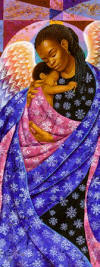
Cancellation Proof - Final print made once an edition series has been finished to show that the plate has been marred/mutilated by the artist, and will never be used again to make more prints of the edition.
Hors d'Commerce Proof (HC) - Print identical to the edition print intended to be used as samples to show to dealers and galleries. These proofs may or may not be signed by the artist.
Printer's Proof (PP) - Print retained by the printer as a reference. Artists often sign these prints as a gesture of appreciation.
Trial Proof (TP) - Pre-cursor to a limited edition series, these initial prints are pulled so that the artist may examine, refine and perfect the prints to the desired final state. Trial proofs are generally not signed.
Framing is just as a personal choice as the actual print or painting that you have chosen to adorn your walls.
Decide before going in to see your framer what is the maximum amount that you are willing to spend. Part of that will be decided on how important your investment in the art itself.
Happy Framing.
Do You Feel that Art Purchases Are a Luxury?
© 2009 Lady Summerset


